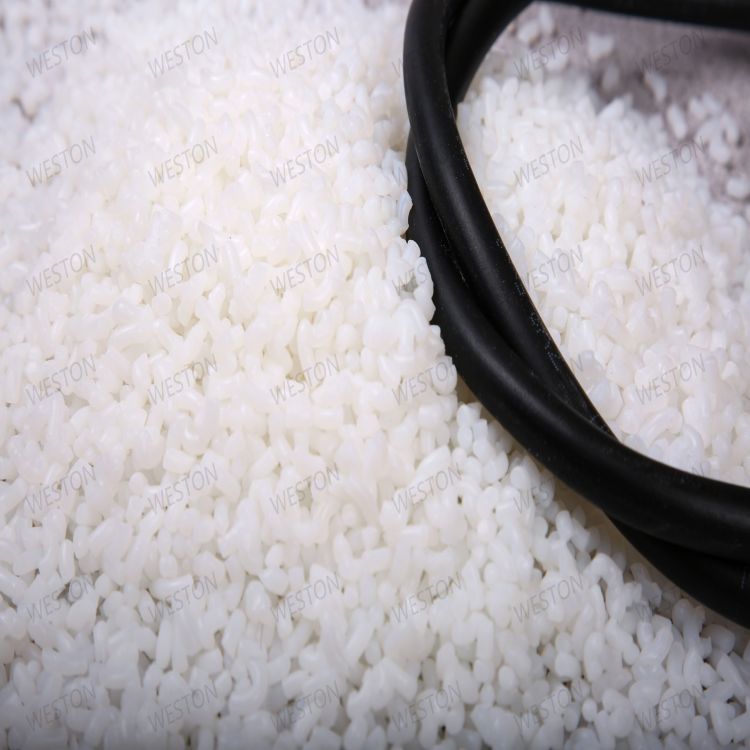-
Categories
-
Pharmaceutical Intermediates
-
Active Pharmaceutical Ingredients
-
Food Additives
- Industrial Coatings
- Agrochemicals
- Dyes and Pigments
- Surfactant
- Flavors and Fragrances
- Chemical Reagents
- Catalyst and Auxiliary
- Natural Products
- Inorganic Chemistry
-
Organic Chemistry
-
Biochemical Engineering
- Analytical Chemistry
- Cosmetic Ingredient
-
Pharmaceutical Intermediates
Promotion
ECHEMI Mall
Wholesale
Weekly Price
Exhibition
News
-
Trade Service
1.
Slash rule
In the elements of the second and third periods of the periodic table, the elements and compounds of several pairs of elements at the upper left and lower right diagonal positions have similar properties.
People call this phenomenon the diagonal rule or diagonal rule, such as Li With Mg, Be and Al, B and Si
.
The oblique line rule is established because the ion potentials (that is, the charge radius ratio) of the pairs of elements at the oblique line position are similar
.
The ionic radius of the element in the second period is smaller than the ion of the element in the third period in the diagonal position, but the ion charge of the element in the second period is also smaller than that of the element in the third period, resulting in the ion potentials of the two ions being very close
2.
Really similar to silicon
(1) Boron chloride and silicon chloride hydrolyzate are similar, both generate oxyacid and hydrogen chloride
.
(2) The fluoride of boron is similar to the hydrolyzate of fluoride of silicon, and the HF produced by the hydrolysis further reacts with the fluoride
.
(3) Both boron and silicon hydrides have poor thermal stability and are easy to decompose
.
However, the decomposition products of the two are different.
The hydride of silicon decomposes to form elemental silicon, and the hydride of boron is more polymerization than decomposition
(4) Boron and silicon have strong hydride reduction ability and spontaneous combustion in the air
.
(5) Both boron and silicon hydrides are easily hydrolyzed
.
What actually takes place is an oxidation-reduction reaction.
The hydrogen in the water converts the hydrogen in the hydride of boron and silicon to hydrogen
(6) Boric acid and silicic acid are both extremely weak acids







